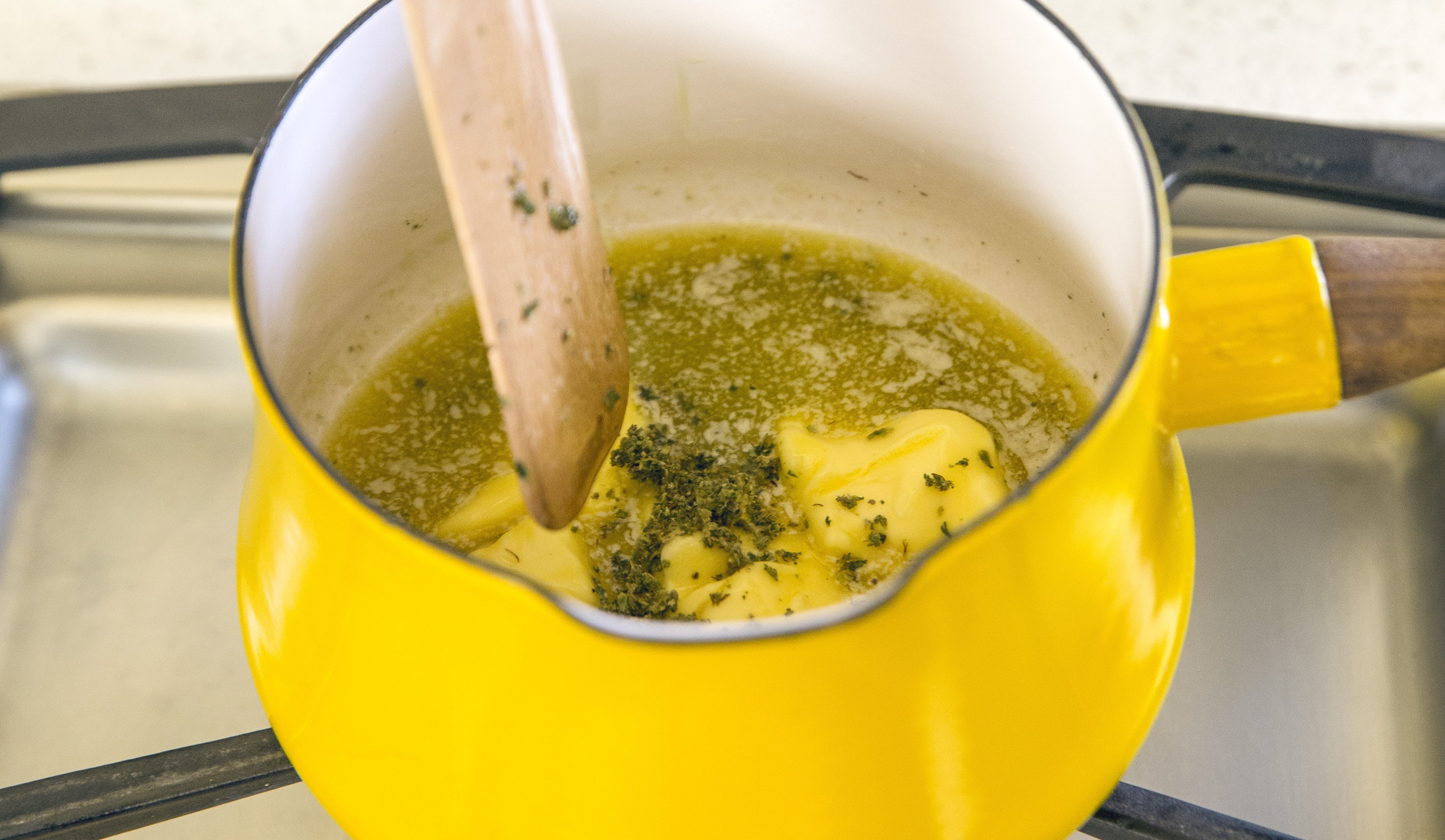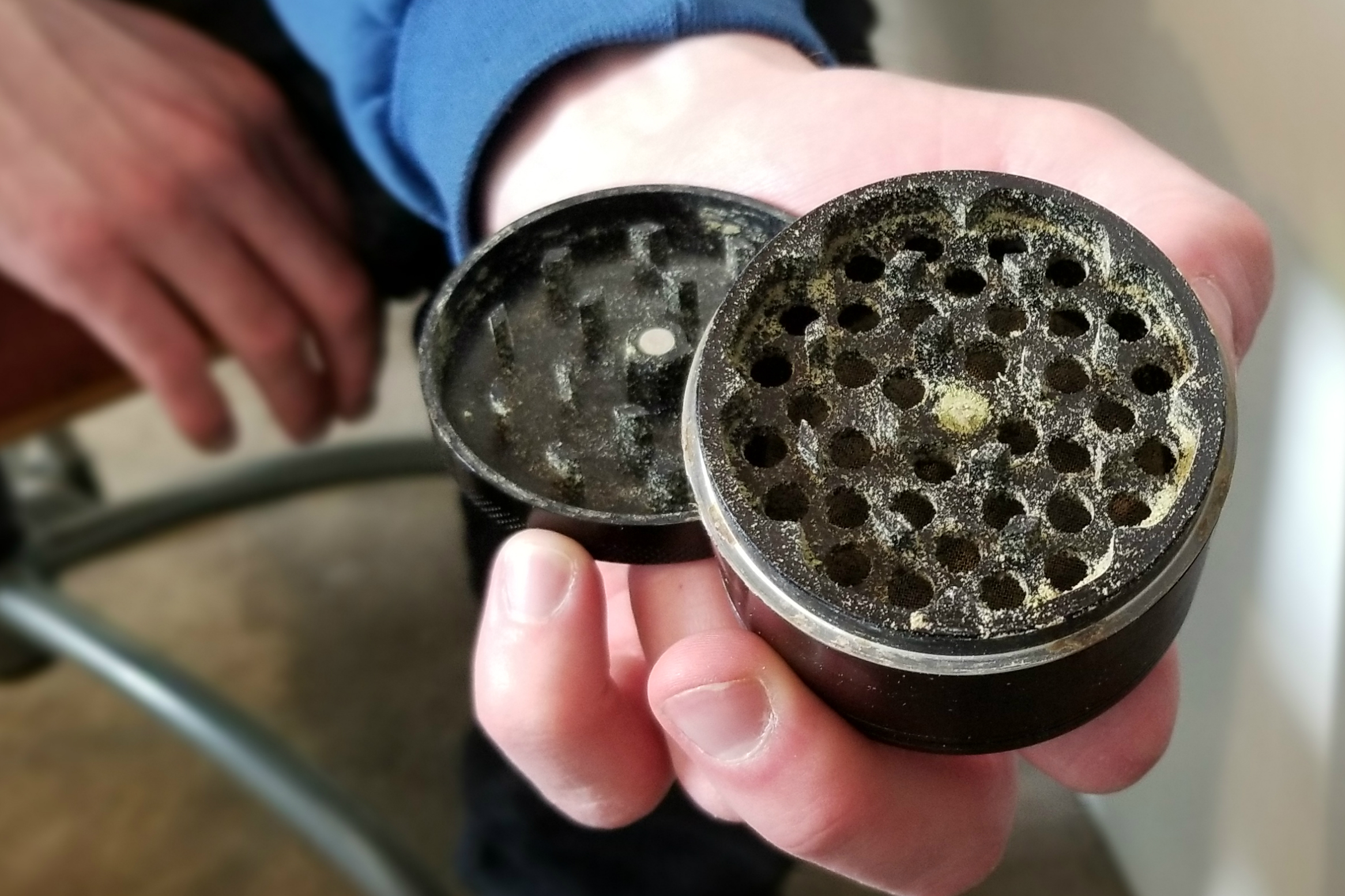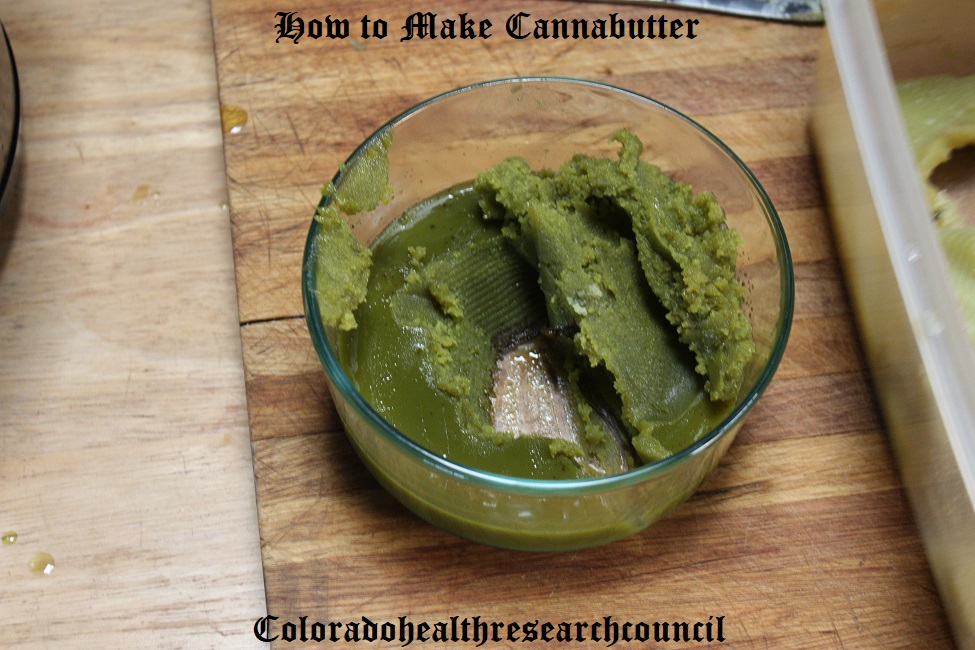Cannabutter can be used in any recipe that calls for butter, meaning you can have your cake and weed it, too. But start asking questions — how to make cannabutter, how to control the potency of your weed butter, what the heck is decarboxylation — and things get very complicated very quickly.
If you’re looking for a quick cannabis butter recipe, this is not the how-to for you. If, however, you’re looking for a comprehensive guide to making and consuming cannabutter safely, you’ve come to the right place.
Tips for getting the potency right
Plan ahead. Before you begin to make your first batch of cannabutter, plan ahead and think about your intentions. Are you hoping for an intoxicating, head-body high that’ll rival the potency of the strongest store-bought products? Or are you more interested in a mild, relaxing vibe that’ll edge out your nightly glass of wine? The possibilities for homemade edibles are practically infinite, but it does take some effort to tailor the potency to your tolerance and needs.
Shop legal. The most important thing you can do is shop from a licensed dispensary. This way you can get the laboratory certificate of analysis for the flower of your choosing and be confident the percentages of THC, CBD, and other cannabinoids are accurate. If you’re not sure where to find this information, don’t be afraid to ask your budtender.
If you have a high tolerance, look for 20% THC or higher. When shopping for weed for cannabutter, high-tolerance cannabis consumers have a simple task: buy the most potent cannabis available. This flower need not be top-shelf since a lot of the qualities that define top-shelf — glistening trichomes, colorful hues, perfect bud structure — will be irrelevant once it’s in a vat of butter. But the flavors and effects of the strain will shine through, so don’t buy an energizing strain if you’re not looking to be energized or a lemon-scented strain if you’re not a fan of citrus.
Try high-CBD or hemp strains if you have a low tolerance. Low-tolerance or new cannabis consumers will want to avoid THC-dominant cannabis. Look for strains with a balanced ratio of THC and CBD instead. New consumers could also opt for hemp flower, which has negligible amounts of THC and high levels of CBD for a non-intoxicating, calming experience. There’s the added benefit that you can buy hemp flower online.
Learn stoner math. There’s a simple yet highly effective formula for approximating the maximum amount of THC in a batch of cannabutter:
(grams of flower) x 1000 x (percentage of THC) = total milligrams
Example: If you have 3.5 g of flower containing 20% THC, that would leave you with a maximum of 700 mg of THC (3.5 x 1000 x 0.2 = 700).
Be aware this is not an exact science and half of the THC could be lost in the infusion process. The point of this formula is to give you an idea of the maximum possible amount so you know how the best serving size to experiment with for your first dose.
The decarboxylation debate

Read any cannabutter or edible how-to on the internet and it’ll tell you to decarboxylate your weed or don’t even bother. But it’s a little more nuanced than that. Decarboxylating, or decarbing, simply means heating cannabis flower in order to convert non-intoxicating cannabinoid acids into the cannabinoids most of us are familiar with. So, with a little heat and time, the THCA in raw flower turns into THC, CBDA turns into CBD, and so on. This happens automatically whenever you smoke or vape cannabis, thanks to your lighter flame or vape heating element.
Toasting your flower in the oven before simmering it in butter ensures your infusion will be chock full of THC, but that’s not necessarily the goal of every cannabis consumer. High-tolerance consumers who want to get every last bit of THC out of their flower should absolutely decarb. Brand new cannabis consumers would be wise to skip this step. And low-tolerance consumers might be happy going either route but should pay close attention to the math if they choose to decarb.
Do You Need to Decarb Cannabis Flowers?
Yes. To benefit from the cannabidiol (CBD) contained in the flowers, you’ll need to decarb the cannabis. In short, decarboxylation is a process that uses low heat to slowly convert the cannabidiolic acid (CBDA) into CBD. That makes it more readily absorbable to the body’s endocannabinoid system.
The traditional way to decarb cannabis flowers involves baking them in a 240°F oven for 40 minutes. You can absolutely use this method if you like, but we find it’s easier to let the slow cooker do the work for us. The slow cooker holds the cannabutter at the perfect temperature to both extract the necessary compounds and infuse the butter. You will need to cook it longer than traditional slow-cooker recipes, though, so make sure you leave it on the low setting for 8 to 24 hours.
Tools You’ll Need
We make our cannabutter with dried CBD-rich flowers or trim, which can be found at online retailers if they’re not sold locally. It’s best to coarsely grind the flowers before getting started to ensure the cannabinoids and terpenes are infused into the butter. You don’t want to grind them too finely, though—that will make the butter too herbaceous and bold. An inexpensive handheld grinder does the trick perfectly. If you don’t want to buy a specialized gadget, use a mortar and pestle or a coffee grinder with a coarse grind setting.
Since we’re grinding the flowers before adding them to the butter, we definitely recommend straining the finished product through cheesecloth. It’s OK if a few bits get through, but the texture will be smoother and more agreeable if you can remove as much flower as possible.
Finally, it’s worth investing in a butter mold if you plan to make cannabutter regularly. You can cool the cannabutter in any airtight container, but the mold makes it easier to estimate the amount to use in baking recipes.
Cannabutter Recipe
This recipe is excerpted from The Essential Guide to CBD. Learn step-by-step how to safely make your own budget-saving CBD products and edibles in this all-new resource. Get your copy now.
Yield: Approximately 2 pounds of butter
Ingredients
- 1/2 to 1 ounce dried CBD-rich cannabis flowers or trim**
- 2 pounds unsalted butter or unrefined coconut oil
- 1 quart hot tap water
**Unlike edibles made with CBD oil, it’s difficult to estimate the dosage of cannabutter made from cannabis flowers. The cannabutter’s potency depends on a variety of factors, including flower variety (indica vs. sativa) and the time and temperature used to cook the butter. We recommend starting small—1/4 to 1/2 teaspoon—to see how the butter affects you before increasing the dose.
Directions
Step 1: Grind the CBD cannabis flowers

Using a hand grinder, mortar and pestle or coffee grinder, coarsely grind the dried cannabis flowers to turn them into smaller pieces.
Editor’s tip: Grinding the flowers helps release the cannabinoids and terpenes, but the butter can taste too intense if the flowers are ground too finely. If you’re using a coffee grinder, be sure to use the coarsest setting. You can clean the grinder by grinding uncooked rice before and after grinding the flowers.
Step 2: Cook on low heat in the slow cooker
Place the ground CBD flowers in the bowl of a 2.5-quart (or larger) slow cooker. Add the unsalted butter and hot water and turn the unit on low. Cook the cannabutter for 8 to 24 hours, adding extra water if needed. The water helps regulate the butter’s temperature to keep it from burning, and it’s easy to remove after the butter sets if you accidentally add too much.
Editor’s tip: To make dairy-free, vegan cannabutter, use unrefined coconut oil instead of butter.
Step 3: Strain through cheesecloth
When the butter has simmered for 8 to 24 hours, it’s time to remove the CBD flowers. Line a colander or sieve with cheesecloth and set it above a heat-proof bowl. Let the butter drain unassisted for 10 minutes.
Editor’s tip: Resist the urge to squeeze or press out any remaining butter from the cheesecloth. It can push some unpleasant-tasting plant material into the finished product.
Step 4: Chill
The butter will appear separated after it’s been strained, but don’t worry. The milk solids and oil will come together as the cannabutter chills. You can chill the butter in the bowl, or ladle it into a silicone butter mold or airtight container. Cover the bowl and chill the butter in the refrigerator until it’s solidified, about 3 to 4 hours.
Editor’s tip: If you notice any small bits of CBD flower left behind in the butter, don’t fret. If they’re small enough to make their way through the cheesecloth, they’ll be barely noticeable in your baked goods!
Step 5: Discard water and store
Remove the cannabutter from the mold or bowl and discard any water that remains behind. Pat the butter dry with paper towels and store it in the refrigerator for up to two weeks. For extended use, store the cannabutter in the freezer for up to six months.
